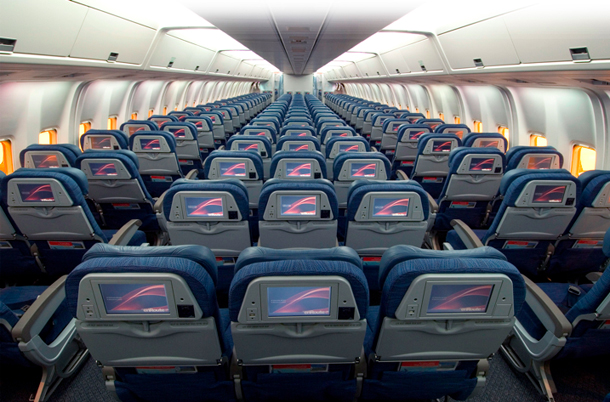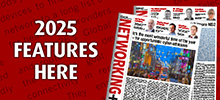24 November 2015

Instead of using traditional seatback screens, many budget airlines are adopting the BYOD approach to in-flight entertainment.
The adoption of in-flight Wi-Fi by budget airlines will drive the number of connected commercial aircraft to over 10,400 by 2020, according to Juniper Research. It says this will represent more than a three-fold increase from an estimated 3,200 this year.
The study found that the decreasing costs of standalone in-flight Wi-Fi hardware – which will soon be offered as line-fit equipment by major aircraft manufacturers – will for the first time make connected in-flight entertainment (IFE) attractive to low-cost airlines flying short-haul routes.
However, the research reveals that rather than using traditional embedded seatback screens, many budget airlines are adopting the ‘bring your own device’ approach. Juniper warns that this BYOD trend raises important safety and security issues as the airlines have little control over these devices.
“Airlines must ensure that they address all types of risks, including that of a rogue passenger hacking into an aircraft’s avionic systems or servers, with potentially disastrous consequences”, says research author Gareth Owen.
Meanwhile, the research also notes that service providers are positioning themselves as end-to-end providers who are able to offer a full suite of connectivity, content and hardware offerings to their airline customers.
Many of these, including key providers such as Gogo, Panasonic Avionics, Global Eagle Entertainment, Thales and SITA OnAir, also face business challenges, particularly with respect to developing viable connectivity business models. As a result, Juniper reckons consolidation is likely as the market develops.
The company says another important driver behind the growth is the increasing availability of air-to-ground (ATG) and satellite networks across the world.
The research found that new advanced ATG networks, such as Inmarsat’s European Aviation Network, will result in lower cost connectivity and higher capacity over high traffic density regions such as Europe. At the same time, new high throughput satellites will lead to reduced satellite segment costs and increased capacity on a more global basis.










